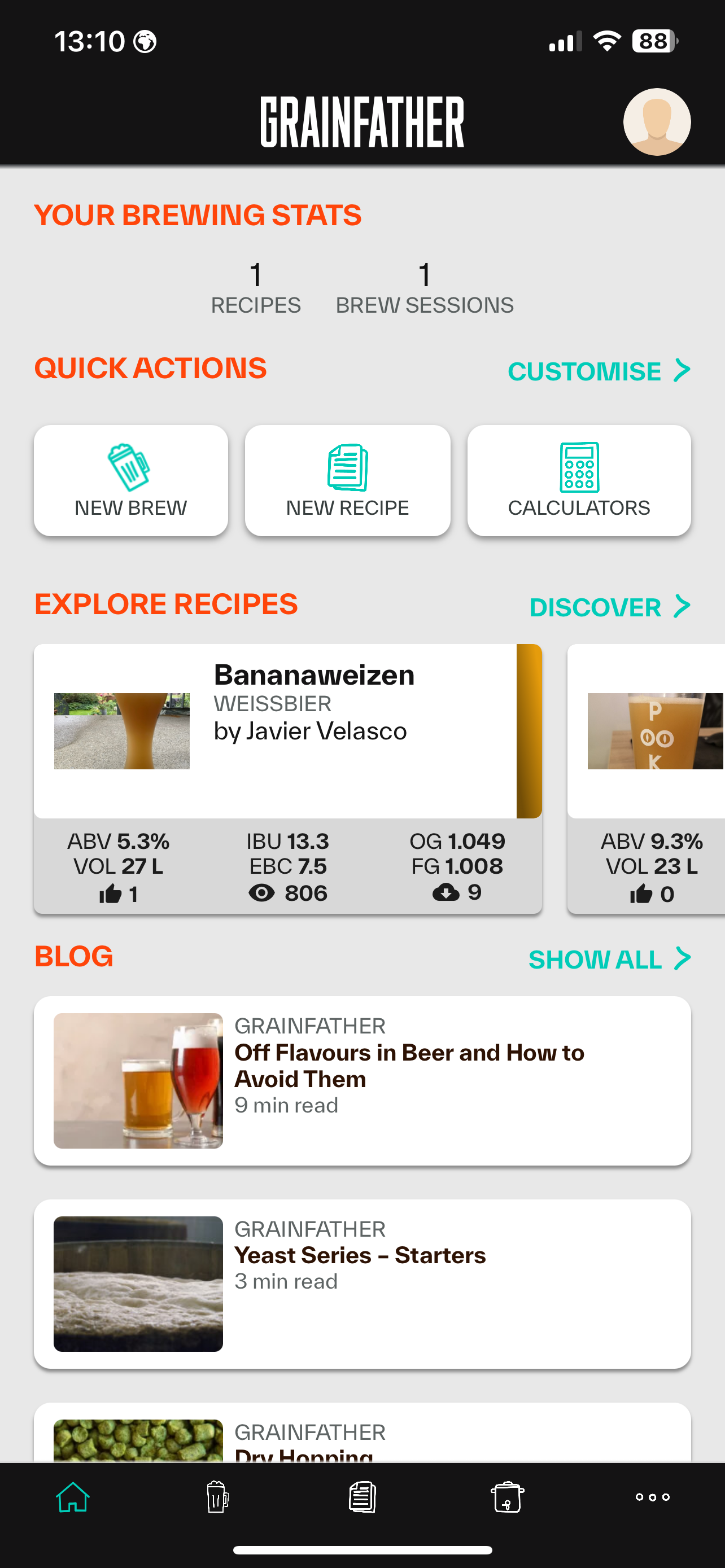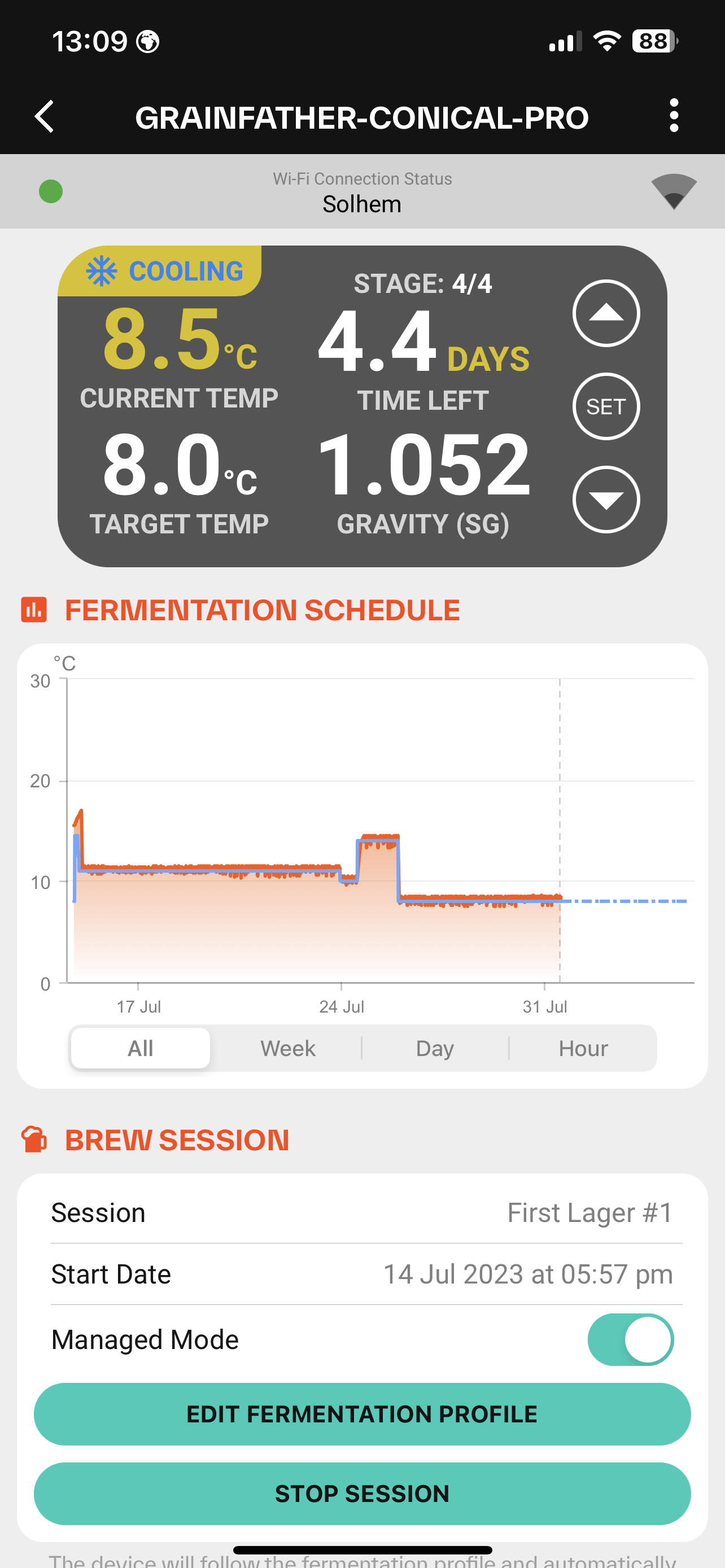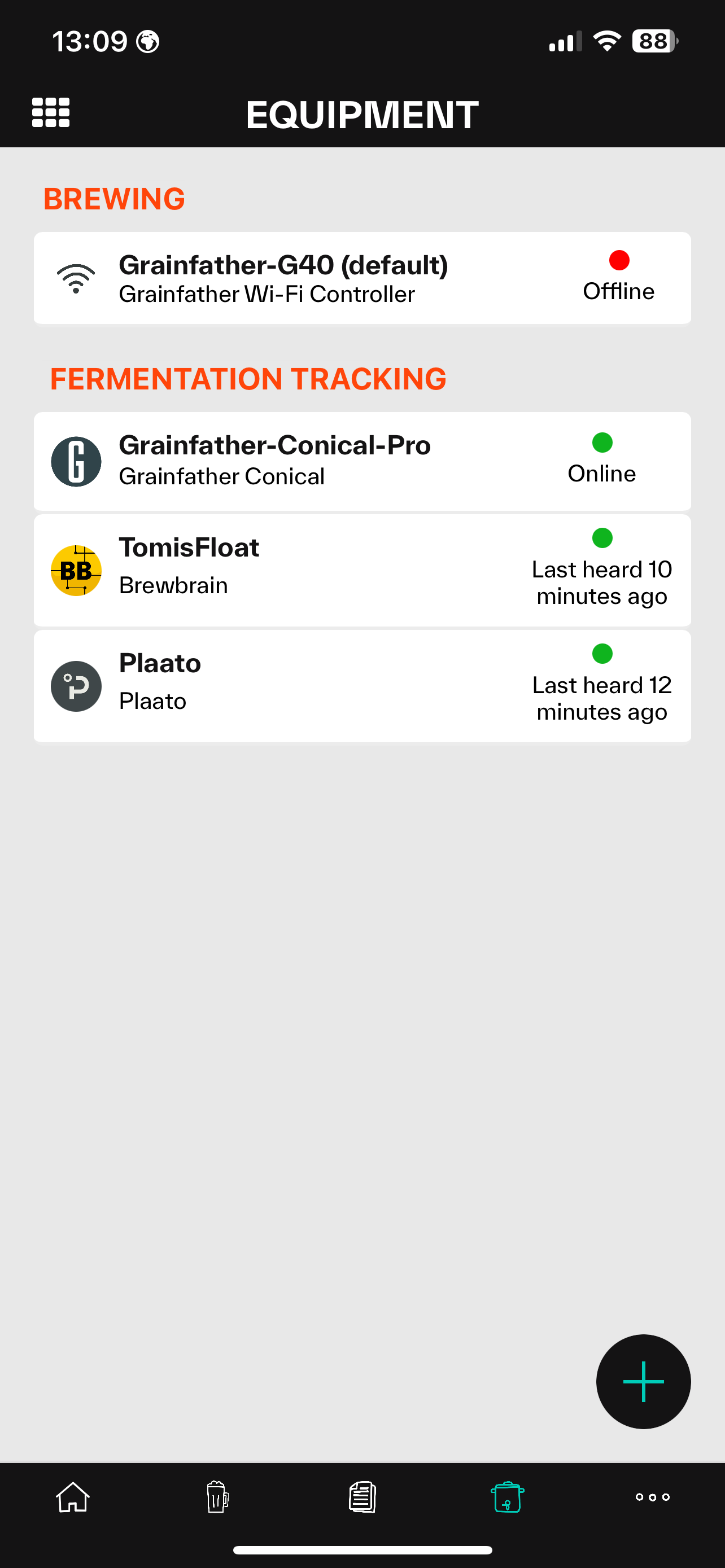Slotte Dufva Bryggeri - The Slotte Dufva Brewery
Before heading into the joyful world of brewing beer and painting with it, I want to briefly tour what I call Slotte Dufva Brewery and what others might say is a cramped recess in a small hallway.
For the past four-plus years, I have been brewing beer using just a large kettle and stove in our kitchen, using a method called BIAB (brew in a bag). It's a bit messy and relatively imprecise business, but it is doable. On the plus side, without the machine precision, one gets pretty close to the brewing process and may get a whiff of the olden days of brewing as the sticky warm mash of sweet grain gets everywhere.
However, there are some things that BIAB and simple glass vessels (for fermenting) cannot achieve. For one, brewing full grain instead of using malt extract (which is kind of like baking with ready-mixed flour) tends to be inefficient, meaning it is hard to get all those sweet sugars from the grains. This can be troublesome with some beers, like pastry stouts, that use a lot of grain and must be quite efficient. Moreover, it is hard to control the exact temperature and evenness of the mash, leaving part of the grains overcooked and others undercooked. You can still get a good beer, but there is more room for chance and less place for precise planning.
More importantly, my simple glass vessels did not allow any kind of temperature control in fermenting, meaning I could not brew beers that need quite cold fermenting temperatures like lagers. Or Kveiks, which require quite high temperatures. For this project, Lagers and Kveiks are essential as the first is the most popular beer style in the world, and the second is a traditional style of the Nordic countries. I thought it would be significant to be able to brew these beers and paint with them; It is hard to imagine a Finnish summer without a cold lager.
After these too many words, let me introduce you the Slotte Dufva Bryggeri. Thanks to a grant from Svenska Kulturfonden, I had the fantastic opportunity to upgrade my brewery equipment, so let me present the equipment that makes the "paints" I use. The introduction is not meant to endorse just these products, and I did not get any kind of discount on them. But they seem to be quite popular among home-brewers. There are many similar other brands, as well as even more DIY approaches.
For brewing, I am using the Grainfather G40, which, based on my yet limited use, feels intuitive and easy to use. You can manage the whole brew from a smartphone app, which feels almost like cheating but is actually very nice. It even handled the electric blackouts due to the "funny" electric wiring in the house: The G40 had saved the position of the brew and automatically suggested continuing from that position. The app also showed the elapsed time, so I could easily adjust the brew times after I recovered from the blackout.
For sparging, I got the Grainfather Sparge water heater, which felt like a luxury product, but it made heating the 20 litres of sparging water laughably easy.
I have the Grainfather GF 30 conical fermenter hooked up to Grainfather GC4 Glycol Chiller for fermenting. This, I feel, is the magic part of the setup. After years of just being ok with any temperature of the room the fermenter was in, I am so glad that I can precisely control the fermentation temperature. With the GF4, I could have 4 ferments going up simultaneously.
The conical fermenter also allows me to collect the dead yeast and whatnot during the fermentation, which I plan to use as a pigment for the paintings and which should make the beer tastier. Moreover, I also wanted to be able to collect data on the fermentation process to be used as a part of the project. Earlier, I have used Plaato's airlock, which, while not very precise, is a fun way to get a glimpse of the fermentation. I especially like the way it counts how many bubbles of CO2 have plopped away from the fermentor and the current speed of those bubbles (More on that in a later post!)
For the new brewery, I added Brewbrains Float, which you put inside the fermentor, and it sends information about the temperature and gravity to a website. So now I can follow the fermentation with both devices. Another nice thing is that I can link both of these devices and their data into the Grainfather's own app.
Well, that’s it! - I am looking forward to using this equipment to brew my paints!




